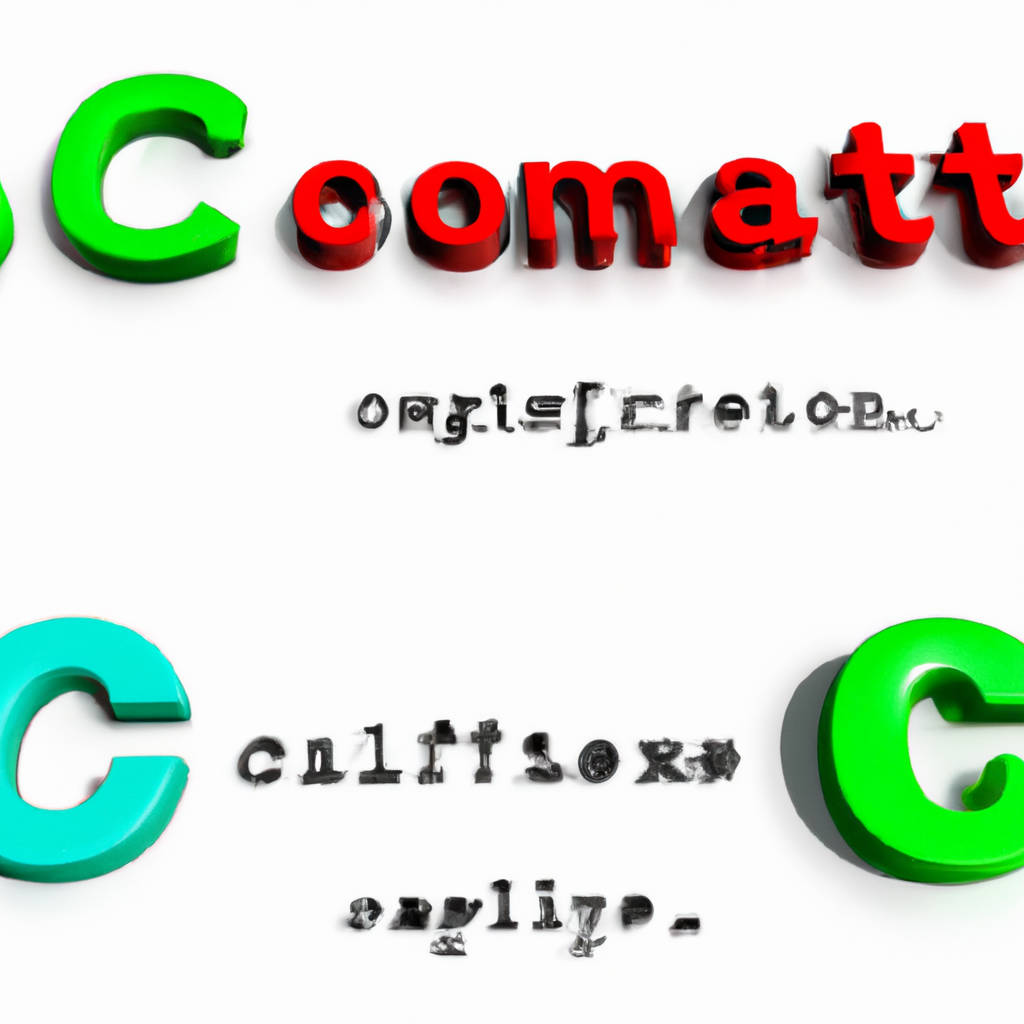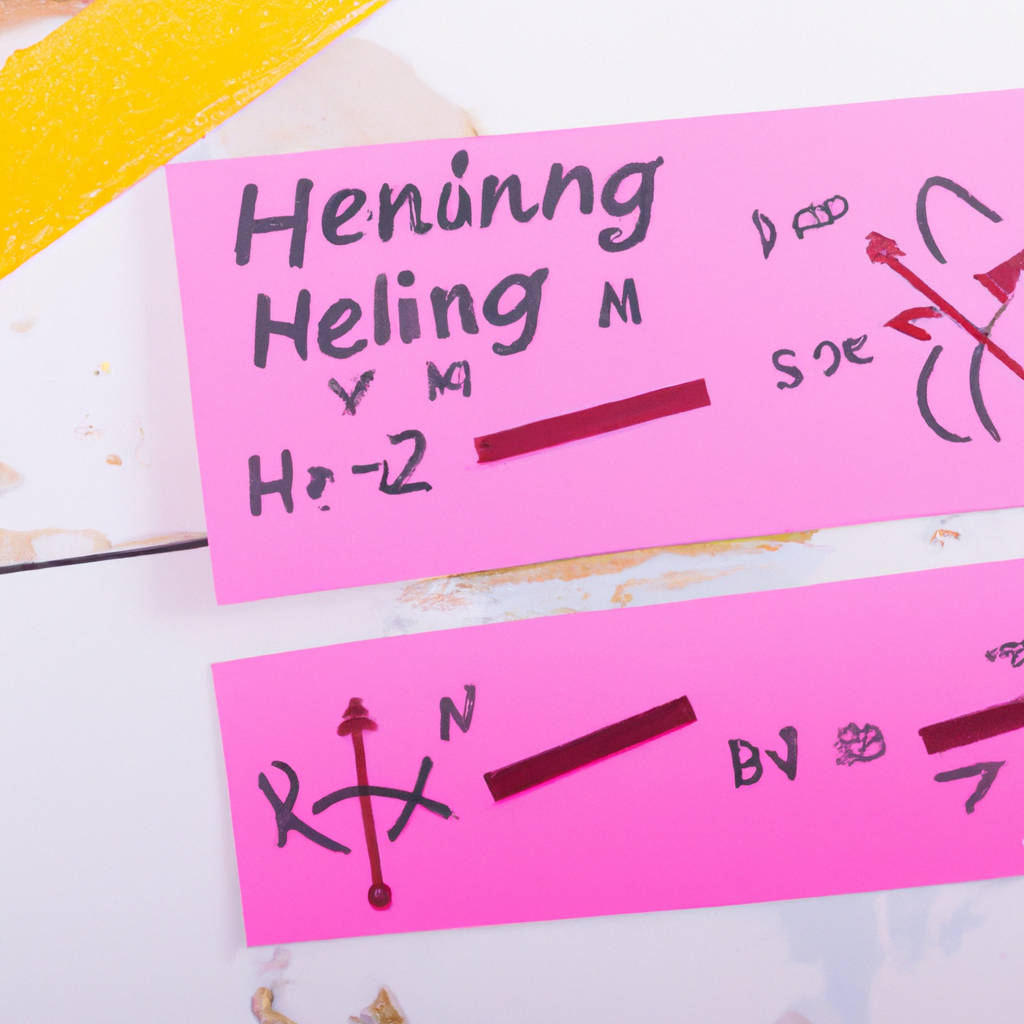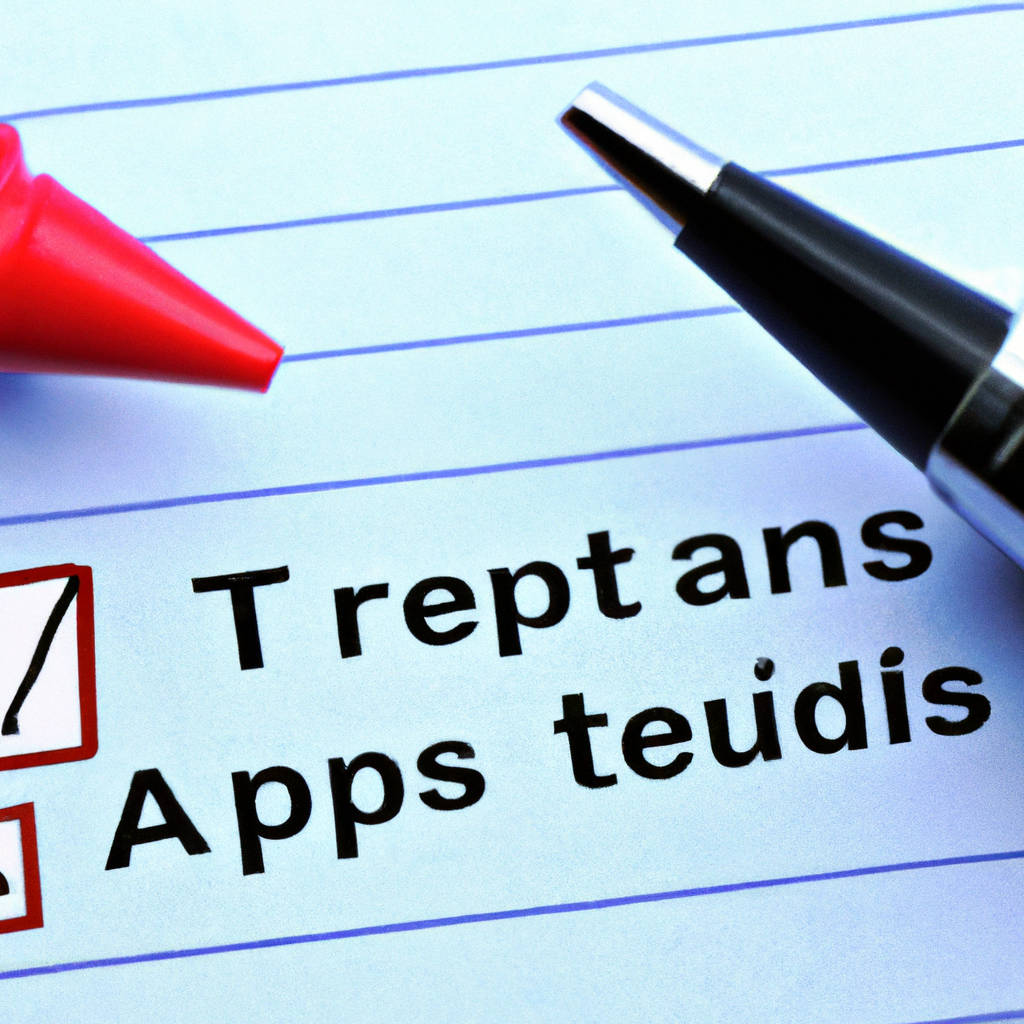To create the copyright symbol in HTML, there are a few simple steps that you can follow. The first step is to open your HTML document in a text editor or HTML editor. Next, you will need to locate the place in your document where you want to insert the copyright symbol. Once you have found the correct spot, you will need to type the following code: “©” (without the quotation marks). This code represents the copyright symbol in HTML.
After typing the code, you can save your document and then preview it in a web browser to ensure that the copyright symbol appears correctly. This symbol is commonly used to indicate that a work is protected by copyright law and should not be copied or reproduced without permission. By following these simple steps, you can easily add the copyright symbol to your HTML document and protect your work from unauthorized use.

Create the Copyright Symbol in HTML
In HTML, the copyright symbol can be easily created by using the “©” code. This code will display the copyright symbol © on a webpage, indicating that the content is protected under copyright law. Including the copyright symbol on a website is important for creators to assert their ownership of their work and notify others that it cannot be used without permission. By adding the copyright symbol to their content, creators can help prevent others from copying or using their work without authorization.
This symbol serves as a visual reminder to visitors that the content is protected by copyright and should not be reproduced or distributed without permission. Additionally, including the copyright symbol can help creators establish their ownership of their work in case of any disputes or infringement issues. Overall, using the copyright symbol in HTML is a simple and effective way for creators to protect their intellectual property and assert their rights over their content.
Rewrite the Headers
Changing the titles on a document can have a significant impact on how information is perceived. When headers are rewritten, it can alter the tone and focus of the content, potentially leading to a different interpretation by the reader. This can be particularly important when trying to convey complex or sensitive information in a clear and unbiased manner.
By carefully selecting headers that accurately reflect the content of the document, readers are more likely to understand the key points being made without any preconceived notions. In some cases, rewriting headers can also help to make information more accessible to a wider audience by using language that is more inclusive or easier to understand. Overall, the process of rewriting headers can be a powerful tool for shaping the narrative and ensuring that information is presented in a way that is fair and balanced.

Explanation
Explanation is the act of clarifying or making something understandable to others. It involves breaking down complex ideas or concepts into simpler terms that can be easily comprehended. Explanation is a fundamental aspect of communication, as it allows individuals to convey information, ideas, or opinions to others in a clear and coherent manner. It is essential in various aspects of life, from academia to everyday interactions. Through explanation, individuals can share their knowledge, provide instructions, or express their thoughts in a way that is accessible and relatable to others.
Effective explanation requires careful consideration of the audience’s level of understanding, as well as the ability to articulate ideas in a logical and organized manner. It involves the use of language, examples, and visual aids to enhance comprehension and engagement. Explanation plays a crucial role in fostering understanding, promoting learning, and facilitating collaboration among individuals. It enables people to bridge gaps in knowledge, resolve misunderstandings, and build connections with others.
In essence, explanation is a powerful tool that enables individuals to share information, solve problems, and communicate effectively in a wide range of contexts. It is an essential skill that can enhance relationships, promote learning, and drive progress in various fields of study and practice. Ultimately, explanation is about making the complex simple, the obscure clear, and the unknown familiar to others. It is a means of breaking down barriers, fostering understanding, and promoting communication among individuals from diverse backgrounds and perspectives.
Additional Tips
When it comes to navigating the complexities of everyday life, it’s important to remember that there are always additional tips and strategies that can help you make more informed decisions. One key tip is to always do your research and gather as much information as possible before making any major choices.
This can help you avoid potential pitfalls and ensure that you are well-informed about your options. Another important tip is to seek out advice from trusted sources, such as friends, family members, or professionals in the relevant field. They may be able to provide valuable insights and perspectives that you might not have considered on your own. Additionally, it’s essential to trust your instincts and listen to your gut feelings when faced with difficult decisions. Your intuition can often guide you in the right direction, even when logic and reason may not be enough.
Finally, it’s crucial to be open-minded and willing to consider alternative viewpoints and perspectives. Being flexible and adaptable in your thinking can help you see things from different angles and come up with creative solutions to any challenges you may face. By keeping these additional tips in mind, you can better navigate the complexities of life and make more informed choices that align with your values and goals.

Conclusion
In conclusion, it is evident that the issue at hand is complex and multifaceted. While there are varying perspectives and opinions on the matter, it is crucial to consider all sides of the argument before coming to a final decision. It is important to weigh the potential consequences and impacts of any actions taken in relation to this issue. Additionally, it is essential to engage in open and respectful dialogue with those who may have differing viewpoints in order to foster understanding and collaboration.
Ultimately, finding a resolution that takes into account the needs and concerns of all stakeholders is paramount. It is also crucial to continuously evaluate and reassess policies and practices to ensure that they are effective and in alignment with the values and goals of the community. By approaching the issue with thoughtfulness, empathy, and a commitment to finding common ground, we can work towards a more equitable and sustainable future for all.